Help!
Discussion Forum
Get It All!
UNLIMITED Membership is like taking a master class in woodworking for less than $10 a month.
Start Your Free TrialCategories
Discussion Forum
Digital Plans Library
Member exclusive! – Plans for everyone – from beginners to experts – right at your fingertips.
Highlights
-
Shape Your Skills
when you sign up for our emails
This site is protected by reCAPTCHA and the Google Privacy Policy and Terms of Service apply. -
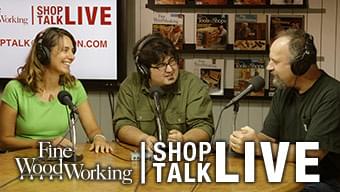 Shop Talk Live Podcast
Shop Talk Live Podcast -
 Our favorite articles and videos
Our favorite articles and videos -
E-Learning Courses from Fine Woodworking
-
-
 Fine Woodworking New England Event
Fine Woodworking New England Event -

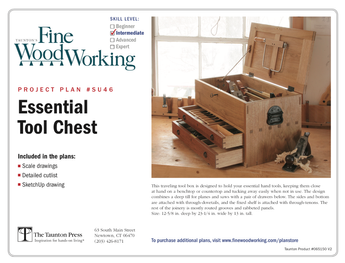
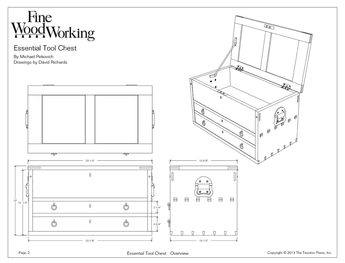
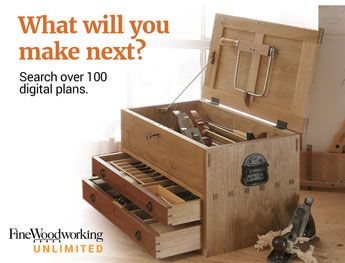





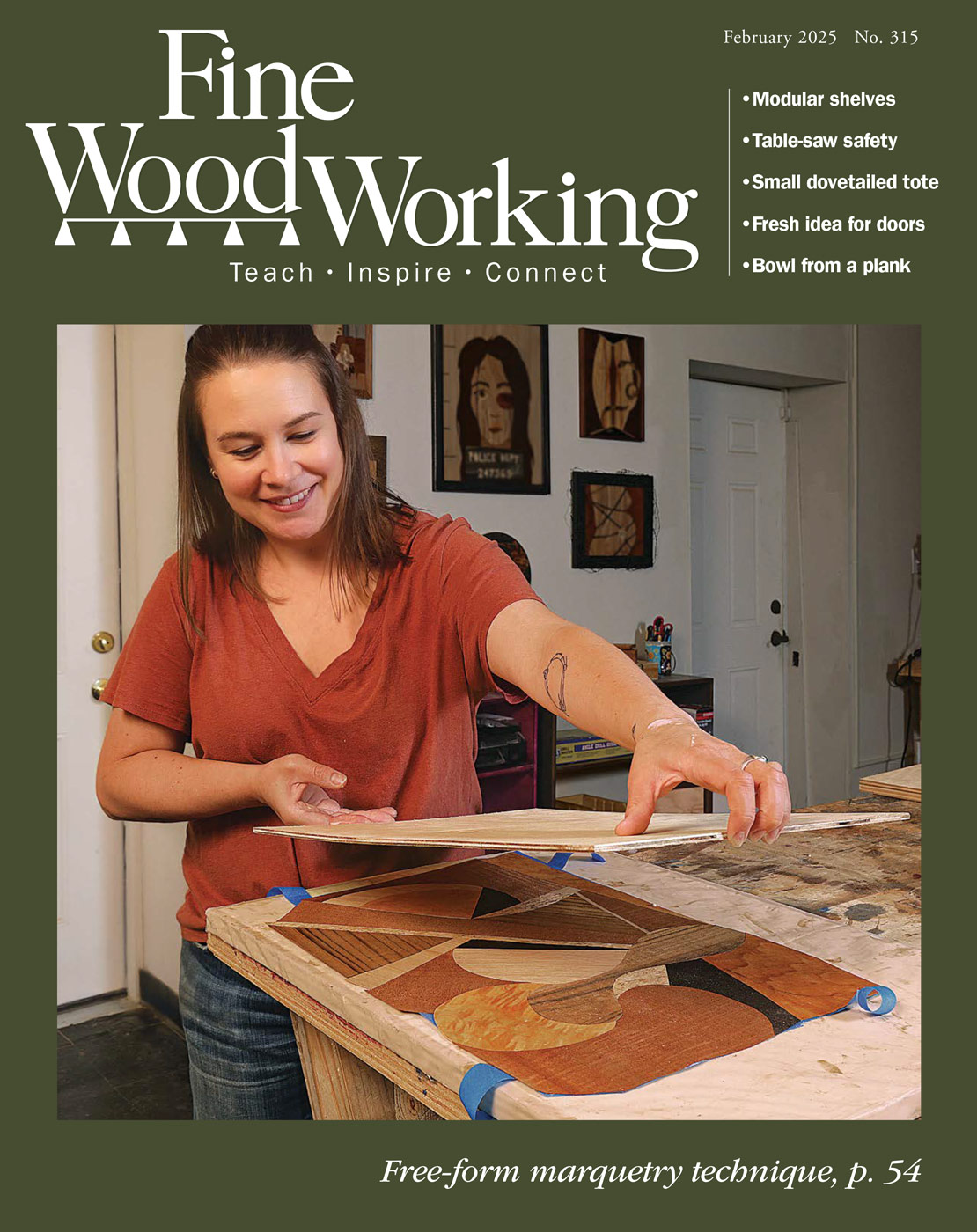



Replies
You have one of those old fashioned US table saws with no riving knife, guard or fence-face that steps-back to the left from the centre of the blade. If there's the slightest toe-in or toe-out of the fence towards the blade, the piece cut that travels between the blade and the fence (with toe-in) will be grabbed and thrown up/back as the back of the blade rises, catching the wood as the fence toe-in pushes it, without hinderance, at those teeth. Ditto the outside piece if there's toe-out.
Begin by aligning the fence with the blade. Exactly.
If its possible, put in a riving knife that keeps the wood parts from moving sideways into the back of the blade; and make/fit a 5-10mm thick piece to stick to the fence face, that ends around the centre of the blade. The false-face on the fence may, though, put out the reading on your fence width-indicator. Use a blade guard!
A full answer would be: buy a European-style table saw with all of the above and more (blade brake, guard that rises and falls with the blade & riving knife, screwed down table top insert and even a sliding carriage for cross cuts) that works properly to make the cuts without endangering you.
For further safety, use hold-downs and feather boards along with a work pushing device that presses down as well as forward, keeps your hand a long way from the blade and which can be used as you stand to the side, out of the line of the blade not behind it.
Many opine that such stuff is "in the way" or is otherwise inconvenient. It isn't. getting hit by a lump of wood going at 100mph then spending a great deal of time and money in some hospital is inconvenient.
You shouldn't be putting small pieces like that through your tablesaw. Make a rip on a long piece and then cut to lengths afterward. A riving knife is probably not going to help much on those tiny pieces, but you do need one for bigger stock. You also need to make sure your fence is not toed-in as the other poster mentioned.
Your saw came with a guard and splitter, put them back on.
Small pieces can be dicey to feed. As the offcut gets smaller you wind up pushing on the outside corner and when the cut completes the momentum pivots the offcut into the back of the blade.
If you're going to do this use the pushstick, stand out of the way, and leave the offcut untouched until you turn off the saw.
As others have mentioned, there's misalignment between the miter slots, the fence, and the blade. There's lots of info out there on how to parallel into safety.
Along with the other suggestions I do not use a push stick. I have three different hold downs that hold the wood down onto the table as I complete the cut and push it completely past the blade. One is 1/4 " wide, next is 1/2", the last is about 3" that will hold down a cut on both sides of the blade. The handle keeps my hand above the blade. I just cut a bunch of 1 inch pieces with no issues but I was very very very focused on what I was doing and really don't like that kind of work.
When I had to cut a large number of strips for a wine rack I installed anti kick back devices, riving knife, and the hood cover over the blade because I didn't want to lose focus and become careless and injured from the repetition.
If you have no riving knife or need to make cuts that won't allow one the Grr-Ripper is your friend. It controls the material on both sides of the blade. The initial investment seems steep but I have a pair and they have paid for themselves many times over.
P.s. these products have a love/hate reaction from people so they are not for everyone. I love them.
Wait... I've been catching the little pieces in a bucket as they shot past me. I thought this was how it was supposed to work!? You safety people spoil all the fun. 🤣
Have you caught any of your fingers in the bucket yet?
When ripping on the table saw, I like the angled, spring-loaded, one-way ratcheting wheels that are adjustable for any thickness of wood and hold the wood both down and against the fence. The ones I have had for the past 35 years or more are yellow. I've never had a kickback situation when using them.
I also make more and more use of my bandsaw for rip cuts.
25 years still have all 10. No riving knife or Sawstop either. I should have nothing but stumps by now. But in all seriousness I just never use my hands to push anything past the blade. Blocks or sticks.